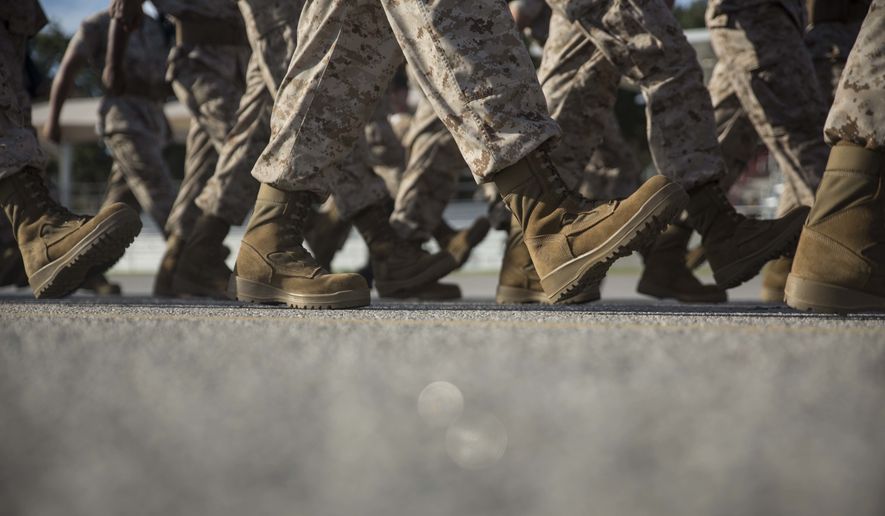America’s boots on the ground are getting a long-awaited makeover, courtesy of the U.S. Army.
Service officials have begun testing four new prototypes to replace the current, standard issue combat boot for all Army personnel. The effort is designed to replace the current, standard-issue Army combat boot which has remained relatively unchanged since the 1991 Gulf War.
The last notable redesign of the Army boot took place in 2010, according to service officials, and there was widespread unhappiness in the ranks with the current model — a Defense Department survey of thousands of military personnel in 2017 found that more than half of the respondents said they preferred to buy their own boots off the shelf that go with the service-issued model.
Prototype testing will involve a total of 1,600 pairs of boots — 400 of each of the four prototypes — being sent to each of the Army’s basic training depots and to active- duty soldiers deployed to Fort Bliss, Texas. The testing and evaluation phases will be overseen by the Natick Soldier Research, Development and Engineering Center under the Army’s Research, Development, and Engineering Command.
“After the testing and evaluation by soldiers, we will collect feedback that will be used to create the next prototype using the best features from the different boots,” said Soldier Center spokesman David Accetta.
Army officials say the boot upgrade will take advantage of advances in both material and design.
One of the prototype boots is constructed from a softer leather than the current model, which should allow for quicker break-in time. Another model includes additional lightweight padding, to prevent blisters and injury without increasing weight. Yet another prototype is a hybrid leather and synthetic design, which will maintain durability in combat while “increasing flexibility and breathability,” Mr. Accetta said in a statement to The Washington Times.
“The development of new boots take advantage of the latest materials technology, and are functional and comfortable, is critical to ensuring that our soldiers are ready to fight and win in any environment,” Soldier Center Director Doug Tamilio said in a command statement, at the onset of the testing program this month.
“Soldiers are the Army’s greatest asset, and we owe it to them to make them more lethal to win our nation’s wars,” Mr. Tamilio added.
Aside from the field tests at Fort Bliss, Fort Leonard Wood in Missouri and Fort Jackson in South Carolina, the prototype boots will also undergo “a number of high-technology tests for properties like breathability, durability, break-in period, water resistance, shock attenuation, ankle stability and support, flexibility and traction,” at the Footwear Performance Lab at the Natick Center, said Mr. Accetta.
Despite all the work being put into the first phase of development for the next-generation combat boot, Mr. Accetta said that it was highly unlikely that one of the four prototypes would become the sole basis s for the final version of the boot adopted by Army troops.
“It is entirely possible that materials and design features from one boot will be combined with materials and design features from another boot,” he said.
• Carlo Muñoz can be reached at cmunoz@washingtontimes.com.




Please read our comment policy before commenting.